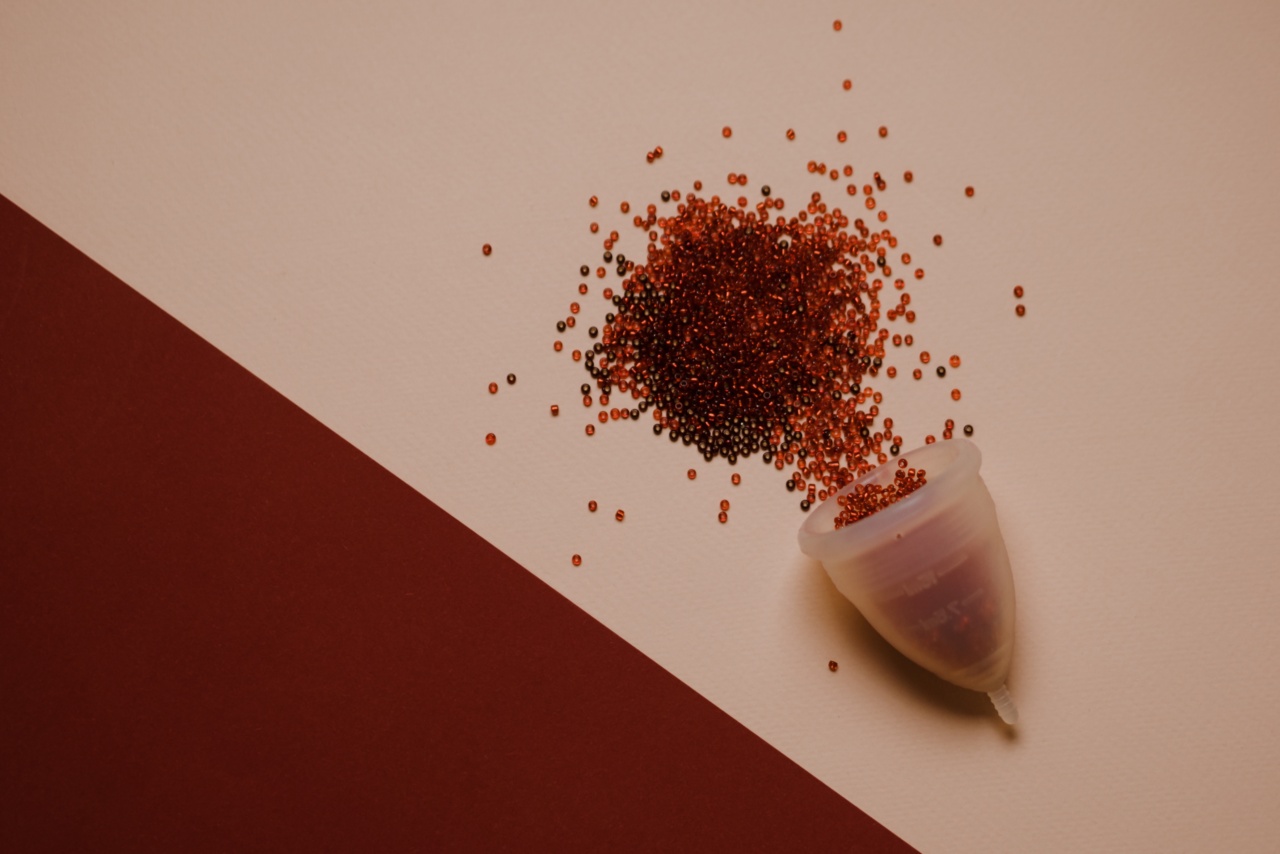Vaginal fibrillation is a condition characterized by abnormal, rapid, and chaotic contractions of the vaginal muscles. It can often lead to discomfort, pain, and difficulty in performing daily activities.
While the exact cause of this condition is still unknown, there is evidence to suggest that controlling blood pressure can play a significant role in preventing vaginal fibrillation. In this article, we will explore the relationship between blood pressure and vaginal fibrillation and discuss several strategies to help control blood pressure effectively.
The Connection Between Blood Pressure and Vaginal Fibrillation
Although the direct link between blood pressure and vaginal fibrillation is not yet fully understood, there are several factors that suggest a strong correlation between the two.
High blood pressure, also known as hypertension, is a condition that puts excess strain on the heart and blood vessels. Over time, this strain can weaken and damage the muscles in the vaginal region, potentially leading to fibrillation.
Additionally, high blood pressure can cause reduced blood flow to the vaginal muscles, depriving them of necessary oxygen and nutrients.
This lack of blood flow can make the muscles more susceptible to irregular contractions and increase the likelihood of vaginal fibrillation.
10 Strategies to Control Blood Pressure Effectively
1. Regular Exercise
Engaging in regular physical activity, such as brisk walking, swimming, or cycling, can help lower blood pressure. Aim for at least 30 minutes of moderate-intensity exercise most days of the week.
Consult your healthcare provider before starting any exercise regimen.
2. Maintain a Healthy Weight
Being overweight or obese increases the risk of high blood pressure. Take steps to achieve and maintain a healthy weight through a balanced diet and regular exercise.
3. Follow a Balanced Diet
Eat a well-balanced diet that focuses on fruits, vegetables, whole grains, lean proteins, and low-fat dairy products. Reduce your intake of sodium, saturated fats, and added sugars.
4. Limit Alcohol Consumption
Excessive alcohol consumption can raise blood pressure. It is recommended to limit alcoholic beverages to moderate levels, which typically means up to one drink per day for women.
5. Quit Smoking
Smoking can significantly increase blood pressure and damage blood vessels. Quitting smoking or avoiding secondhand smoke can contribute to better blood pressure control.
6. Reduce Stress Levels
Chronic stress can lead to elevated blood pressure. Incorporate stress-reducing techniques such as mindfulness, deep breathing exercises, or engaging in activities you enjoy.
7. Limit Sodium Intake
Excess sodium in the diet can contribute to high blood pressure. Cut back on processed foods, fast food, and salted snacks. Opt for fresh, whole foods and use herbs and spices to flavor meals instead of salt.
8. Monitor Blood Pressure Regularly
Regularly check your blood pressure at home or visit a healthcare professional to monitor your levels. This will help you understand if your efforts to control blood pressure are effective.
9. Consider Medication
In some cases, lifestyle changes alone may not be enough to lower blood pressure adequately. Consult your doctor to discuss if medication may be necessary to manage your blood pressure.
10. Seek Support
Building a support system of friends, family, or even joining a blood pressure support group can provide motivation and encouragement on your journey to control blood pressure effectively.
Conclusion
While the exact relationship between blood pressure and vaginal fibrillation requires further research, there is a strong indication that controlling blood pressure can help prevent this condition.
By implementing these strategies to control blood pressure effectively, one can enhance their overall well-being and potentially reduce the risk of vaginal fibrillation. Remember to consult with a healthcare professional for personalized advice on managing blood pressure.





























